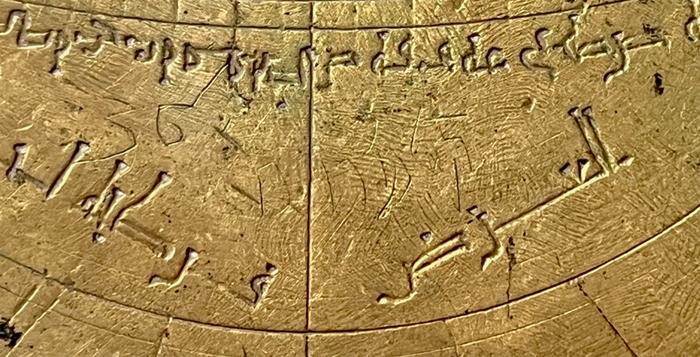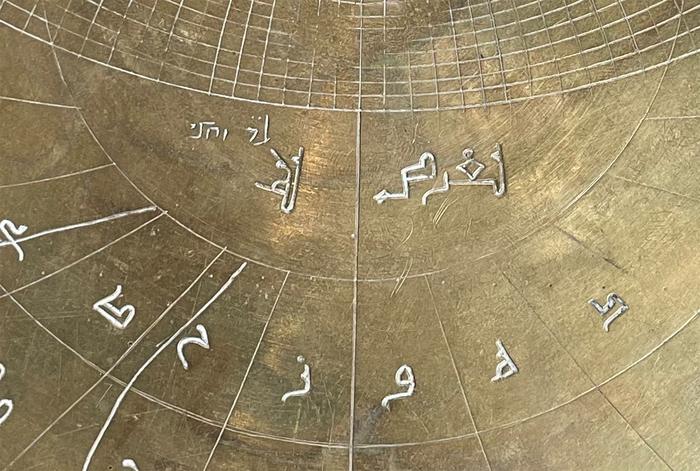Archaeologists find rare astronomical object with markings in Arabic and Hebrew
Pocket computer used to make astronomical measurements identified in Italy and one of only handful known in world
Archaeologists have discovered a rare eleventh-century Islamic astronomical device bearing inscriptions in both Arabic and Hebrew, making it one of the oldest examples of such an instrument event found.
The astrolabe, a pocket computer used to make astronomical measurements, was identified in Italy and is one of only a handful known in the world.
Researchers call it a “powerful record” of scientific exchange between Arabs, Jews, and Christians over hundreds of years.
The device was identified in a museum in Verona, Italy, by Cambridge University’s History Faculty Federica Gigante who says it is now the museum’s “single most important object in their collection.”
Astrolabes were the world’s first pocket computers that provided a portable two-dimensional model of the universe, fitting in their user’s hand, enabling them to calculate time, distances, and also plot the position of the stars.
“When I visited the museum and studied the astrolabe up close, I noticed that not only was it covered in beautifully engraved Arabic inscriptions but that I could see faint inscriptions in Hebrew,” Dr Gigante said.
“I could only make them out in the raking light entering from a window. I thought I might be dreaming but I kept seeing more and more. It was very exciting,” she added.

Dr Gigante dated and located the creation of the “Verona astrolabe” by analysing its scientific, design, construction, and calligraphic characteristics.
She found that the device was Andalusian from the style of the engraving.
The arrangement of the scales on the back helped match it to instruments made in Al-Andalus, the Muslim-ruled area of 11th-century Spain.
Based on inscriptions found on the device, Dr Gigante suspects it might have been made in Toledo when it was a thriving centre of coexistence and cultural exchange between Muslim, Jews and Christians.

The astrolabe also had Muslim prayer lines and prayer names likely indicating that its original users kept to time to perform their daily prayers.
It also had Hebrew lines added, whose translations suggest the object left Spain or North Africa and circulated amongst the Jewish diaspora in Italy, where Arabic was not understood, and Hebrew was used instead.
There were also Hebrew translations of the Arabic names for astrological signs, for Scorpio, Sagittarius, Capricorn, Aquarius, Pisces, and Aries.

The Verona astrolabe features a pierced disk representing a map of the sky – one of the earliest known made in Spain.
It also bears similarities to the only surviving Byzantine astrolabe made in 1062 AD as well as with those of the earliest European astrolabes made in Spain on the model of Islamic ones.
Analysing the device further, the rough timing and position of the sky for when the astrolabe was created could be drawn.
By doing this, researchers calculated that its disks were placed in a position to calculate that stars had in the late 11th century.
“This object is Islamic, Jewish and European, they can’t be separated,” Dr Gigante said.
Join our commenting forum
Join thought-provoking conversations, follow other Independent readers and see their replies
Comments
Bookmark popover
Removed from bookmarks